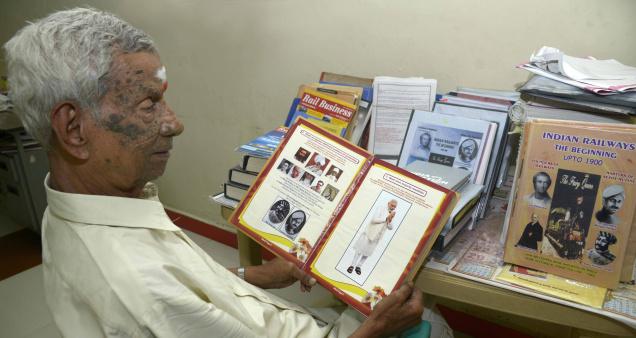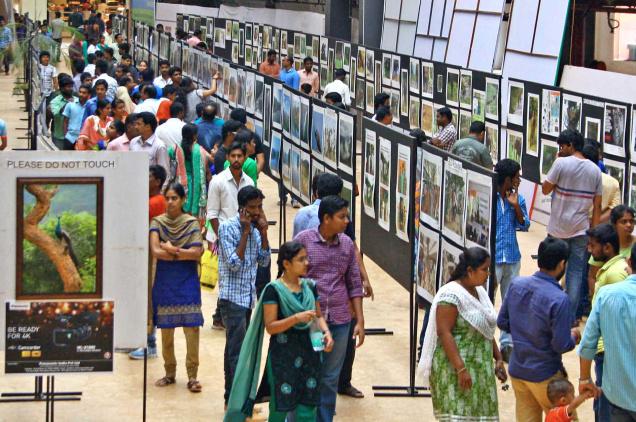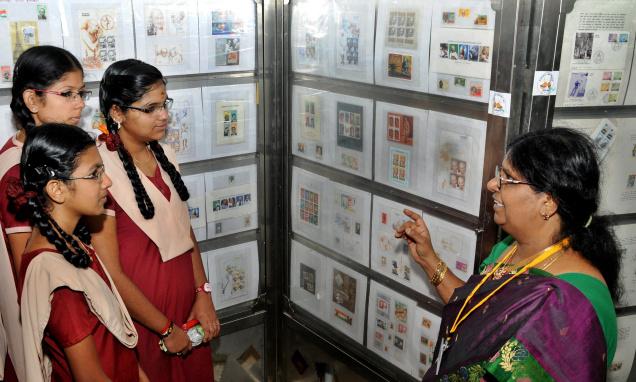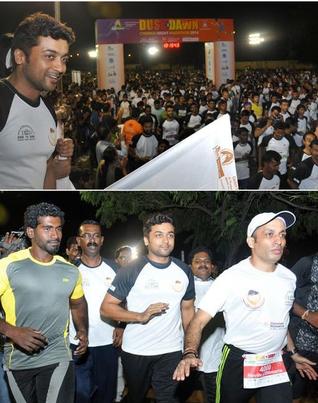
/ The Hindu
After his first train ride in the 1920s, Venkatraman went on to work with the Railways and has now authored his second book on the Indian rail network
In the late 1920s, five-year-old S. Venkatraman boarded a train for the first time from Madras to Vijayawada, along with his father. He was smitten.
In 1942, he joined the Railways. As a culmination of his love for trains, 91-year-old Venkatraman travelled across the country and has come out with a book on the Indian Railways.
Indian Railways – The Beginning up to 1900 is a reminder of the glorious past of the world’s largest rail network.
The book comprises 534 pages and 600 pictures, including some rare ones in black-and-white.
But launching the book was not an easy task for this retired railway employee.
Over the past two years, he has travelled to Assam, West Bengal, Odisha, Bihar and Uttar Pradesh to collect details and take pictures of railways stations and trains.
“I also went to Bombay from where the first train chugged out. I travelled on nearly 350 trains and spent many lakhs compiling the book,” he says.
Mr. Venkatraman joined the Railways as a materials manager (stores) in Hubli and retired in 1982.
“I began writing the book more than three decades after retiring. My wife Lalitha, who was a lecturer of political science at Banaras Hindu University, was my inspiration. She passed away four years ago,” he says.
His first book Indian Railways at a Glance was a success. “The British had a separate coach for women, refreshment bars in stations and compartments with seating capacity of 200, way back in the 1880s. There were no toilets in trains then,” says Mr. Venkatraman, who feels that privatisation is the only way ahead for the Railways.
He says he is bringing out books on Railways out of sheer interest and not for profit. “My book should be a wake-up call to the railway administration that is now facing infrastructural deficiencies,” says Mr. Venkatraman, a member of the Indian Railway Fan Club.
He feels his efforts will be rewarded when more youngsters, especially in the Railways, learn about the heritage of our trains.
source: http://www.thehindu.com / The Hindu / Home> News> Cities> Chennai / by Vivek Narayanan / November 28th, 2014


